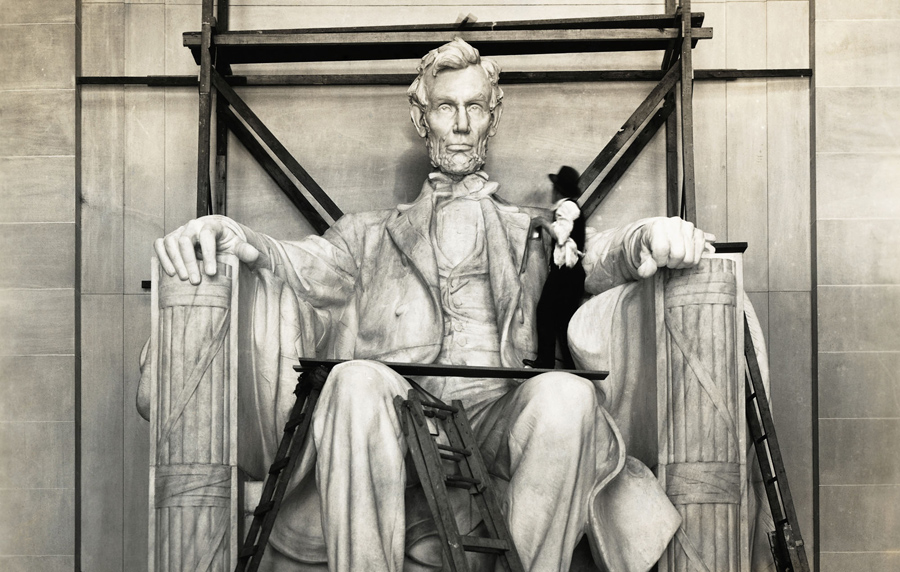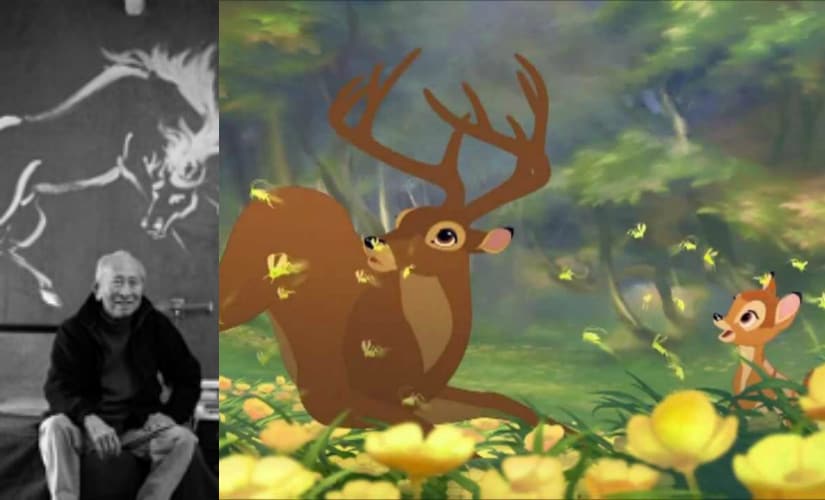June will be bustin’ out all over, and when it does, get ready for some exciting new DVD releases from PBS Distribution. Let us share some of the news . . .
Nature: Natural Born Rebels (available June 5)
From a promiscuous prairie dog to a kleptomaniac crab and an alpha chimpanzee who reigns with an iron fist, this three-part series introduces the most rebellious animals in the natural world. But are these creatures really breaking bad?
https://youtu.be/YNAroni_Qf0
Across the world, new studies are uncovering an astonishing variety of rebellious animal behaviors, and despite how it appears on the surface, researchers are discovering the complex and fascinating science behind why these animals behave the way they do. In fact, being a rebel could be the key to success in the wild.
Secrets of the Dead: Hannibal in the Alps (available June 5)
Hannibal, one of history’s most famous generals, achieved what the Romans thought to be impossible. With a vast army of 30,000 troops, 15,000 horses and 37 war elephants, he crossed the mighty Alps in only 16 days to launch an attack on Rome from the north.
For more than 2,000 years, nobody has been able to prove which of the four possible routes Hannibal took across the Alps, and no physical evidence of Hannibal’s army has ever been found until now. In this program, viewers will follow a team of experts–explorers, archaeologists and scientists–combine state-of-the-art technology, ancient texts, and a recreation of the route itself to prove conclusively where Hannibal’s army made it across the Alps – and exactly how he did it.
Chinese Exclusion Act (available June 5)
On May 6th, 1882, on the eve of the greatest wave of immigration in American history, President Chester A. Arthur signed into law a unique piece of federal legislation. Called the Chinese Exclusion Act, it singled out as never before a specific race and nationality for exclusion–making it illegal for Chinese workers to come to America–and for Chinese nationals already here to become citizens of the United States.
A deeply American story, this program examines the economic, cultural, social, legal, racial and political dimensions of the law; the forces and events that gave rise to it; and the effect it had, and continues to have, on American culture and identity.
The Jazz Ambassadors (available June 19)
The Cold War and Civil Rights movement collide in this remarkable story of music, diplomacy, and race. In 1955, as the Soviet Union’s pervasive propaganda about the U.S. and American racism spread globally, African-American Congressman Adam Clayton Powell, Jr., convinced President Eisenhower that jazz was the best way to intervene in the Cold War cultural conflict. For the next decade, America’s most influential jazz artists, including Dizzy Gillespie, Louis Armstrong, Duke Ellington, Benny Goodman and Dave Brubeck, along with their racially-integrated bands, traveled the globe to perform as cultural ambassadors.
But the unrest back home forced them to face a painful moral dilemma: how could they promote the image of a tolerant America abroad when the country still practiced Jim Crow segregation and racial equality remained an unrealized dream? Told through striking archival film footage, photos, and radio clips, with iconic performances throughout, this program reveals how the U.S. State Department unwittingly gave the burgeoning Civil Rights movement a major voice on the world stage just when it needed one most.
Nova: Decoding the Weather Machine (available June 26)
Disastrous hurricanes. Widespread droughts and wildfires. Pervasive heat. Extreme rainfall. It’s not hard to conclude that something’s up with the weather – and many scientists agree this trend in the weather is not just a coincidence. It’s the result of the weather machine itself–the earth’s climate changing, becoming hotter and more erratic. Climate change is arguably the defining challenge of this century, yet widespread misunderstanding and misinformation has hampered the public’s ability to understand the science and address the issue. In this program, viewers will cut through the confusion and help define the way forward.
Why do scientists overwhelmingly agree that the climate is changing, and that human activity is causing it? How will it affect the world through the weather we experience, and when? And what will it take to bend the trajectory of planetary warming toward more benign outcomes? Join scientists around the globe on a quest to better understand the workings of the weather and climate machine we call Earth and discover how they are finding that we can be resilient – even thrive – in the face of enormous change.
Going to War
War is the ultimate paradox. Filled with terror, pain, and grief, it brings exhilaration, and a profound sense of purpose. This program provides an insight that helps viewers make sense of this paradox and get to the heart of what it’s like to be a soldier in times of war. The film illuminates the experiences of training, battle, and coming home for soldiers across conflicts, revealing the universals of the warrior’s journey.
Leading the exploration are Sebastian Junger, bestselling author and director of the Academy Award-nominated film Restrepo, and Karl Marlantes, decorated Marine officer and author of the bestselling novel Matterhorn and the fearless memoir What It is Like to Go to War. Both men bring firsthand experience, hard-won wisdom, and an abiding commitment to telling the warrior’s story with insight and unflinching candor.


